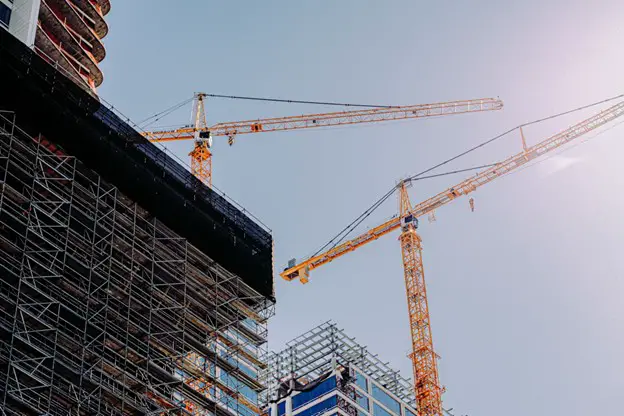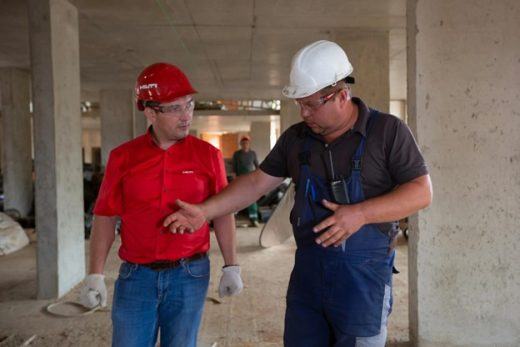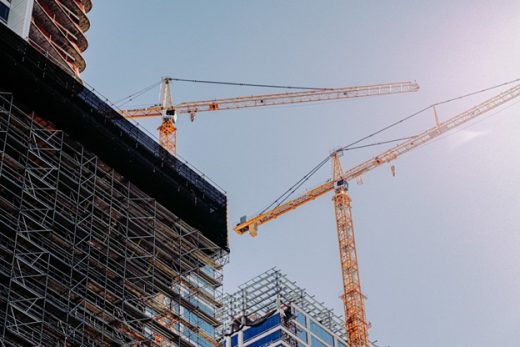Climate control improves construction site safety guide, Contractor H&S advice, Build hazards tips
Climate Control Improves Construction Site Safety
15 July 2024
The Role of Climate Control in Improving Construction Site Safety
Maintaining a safe construction site is a multifaceted challenge, and one crucial factor often overlooked is climate control. Adverse weather conditions can create hazardous environments, impacting worker safety and productivity. Implementing effective climate control measures is essential for ensuring a secure and efficient work site.
Preventing Heat-Related Illnesses
High temperatures on construction sites can lead to severe health issues such as heat exhaustion and heat stroke. These conditions not only endanger workers but can also result in accidents due to dizziness or fainting. To mitigate these risks, opt for quality construction heater rental, ensure proper hydration, provide shaded rest areas, and schedule work during cooler parts of the day. Additionally, investing in portable cooling units or misting fans can help maintain a safer temperature, allowing workers to perform their tasks without the added stress of extreme heat.
- Hydration Stations: Set up hydration stations with electrolyte-rich drinks to help workers stay hydrated and replenish lost minerals. Ensure these stations are easily accessible throughout the worksite.
- Heat Acclimatization: Gradually acclimate your workers to high temperatures by slowly increasing their exposure over a week or two. This process helps the body adapt to heat, reducing the risk of heat-related illnesses.
- Work-Rest Cycles: Implement work-rest cycles that allow workers to take frequent breaks in cooler areas. This approach not only prevents overheating but also maintains productivity by ensuring workers are well-rested.
Managing Cold Weather Hazards
Cold weather presents its own set of challenges. Frostbite, hypothermia, and reduced dexterity due to numb fingers can compromise safety on a construction site. You need to provide appropriate cold-weather gear, such as insulated gloves and thermal clothing, to protect your workers. Heated trailers or temporary shelters where workers can warm up during breaks are also essential.
- Layered Clothing Systems: Encourage workers to use layered clothing systems that can be adjusted based on the activity level and weather changes. Layers help in trapping body heat while allowing flexibility to add or remove clothing as needed.
- Footwear and Traction Aids: Provide insulated and waterproof footwear to keep feet warm and dry. Additionally, consider using traction aids like ice cleats to prevent slips and falls on icy surfaces.
- Regular Health Checks: Conduct regular health checks and monitor workers for signs of cold stress. Early detection of symptoms like shivering, confusion, or fatigue can prevent severe cold-related illnesses.
Ensuring Adequate Ventilation
Proper ventilation is crucial for maintaining air quality and reducing the buildup of hazardous fumes, especially in enclosed spaces or during tasks that generate dust and chemical vapors. Inadequate ventilation can lead to respiratory problems and other health issues.
You should implement mechanical ventilation systems, such as exhaust fans and air purifiers, to keep the air clean and breathable. Additionally, regular air quality monitoring and personal protective equipment (PPE) like masks and respirators can further safeguard your workers’ health.
- Localized Exhaust Systems: Use localized exhaust systems near dust and fume sources to capture contaminants at the source. This approach prevents the spread of hazardous particles throughout the worksite.
- Air Quality Monitoring: Install air quality monitors that continuously check for harmful substances like carbon monoxide, silica dust, and volatile organic compounds (VOCs). Immediate detection allows for quick action to mitigate risks.
- Training on PPE Use: Conduct training sessions on the proper use and maintenance of PPE. Ensure workers know how to fit their masks correctly and understand the importance of wearing them in high-risk areas.
Stabilizing Ground Conditions
Weather conditions significantly affect the stability of the ground on construction sites. Rain, snow, and freezing temperatures can make surfaces slippery or unstable, increasing the risk of falls and equipment accidents. To address these issues, you should implement proper drainage systems to prevent water accumulation and use anti-slip materials on walkways and working surfaces. Regularly inspecting and maintaining these measures ensures that the ground remains stable and safe for your workers, regardless of the weather.
- Gravel and Matting: Use gravel or rubber matting on frequently traveled paths to improve traction and prevent mud and ice build-up. This is especially important in areas with heavy foot and vehicle traffic.
- Snow and Ice Removal: Develop a snow and ice removal plan that includes regular clearing of walkways and work areas. Use de-icing agents like salt or sand to maintain safe surfaces.
- Ground Stability Assessments: Conduct regular ground stability assessments, especially after severe weather events. Check for erosion, sinkholes, or other issues that could compromise the safety of the worksite.
Climate control is a critical component in enhancing construction site safety. By addressing the challenges posed by extreme temperatures, poor ventilation, and unstable ground conditions, you can create a safer and more productive work environment. Prioritizing climate control not only protects your workers but also improves overall site efficiency, leading to successful project outcomes.
Comments on this guide to Climate control improves construction site safety article are welcome.
Construction Safety
Construction Safety Posts
Construction Site Equipment Every Contractor Needs
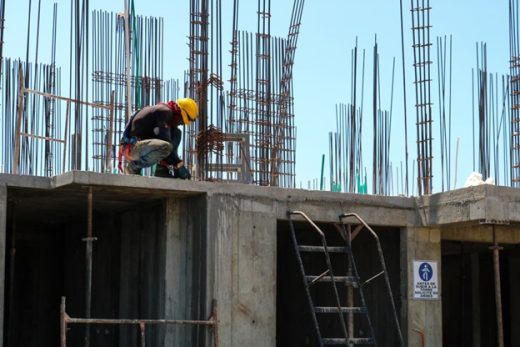
image source : unsplash.com
Common construction site injuries
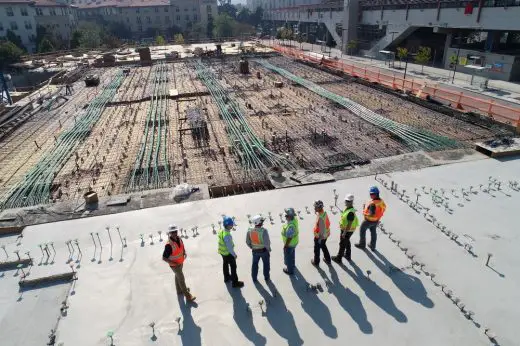
Construction industry health and safety importance
Why Construction Safety Is Important
Building Articles
Residential Architecture
Comments / photos for the Climate control improves construction site safety advice page welcome.

